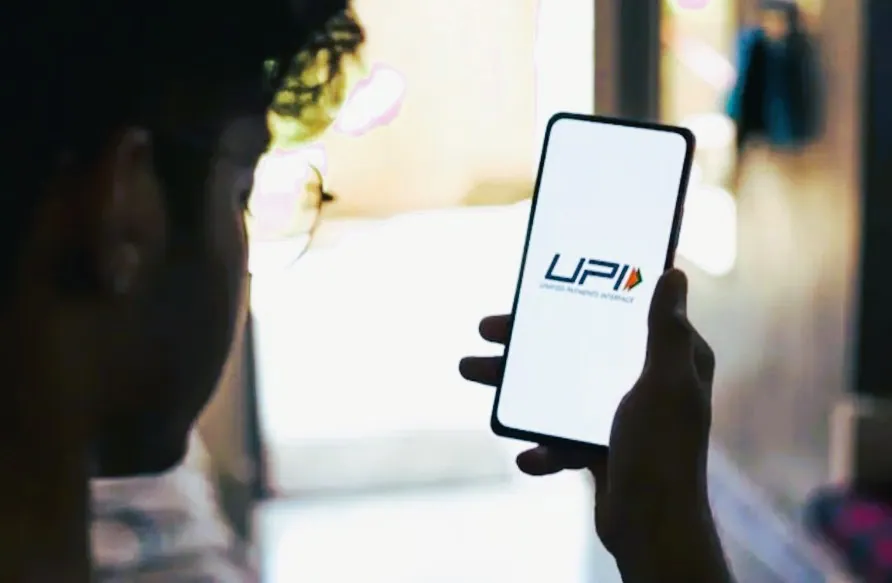
In the rapidly evolving landscape of digital transactions, Unified Payments Interface (UPI) has emerged as a game-changer, providing users with a convenient and swift way to transfer money. However, the efficiency of UPI transactions isn’t immune to occasional hiccups.
When UPI transactions fail, it can be frustrating and confusing for users. In this article, we will delve into the common reasons behind failed UPI transactions and offer effective solutions to ensure seamless money transfers.
Solutions to UPI Transactions Getting Failed
1. Insufficient Funds or Transaction Limits
One of the primary reasons for UPI transaction failures is insufficient funds in the sender’s account. Many people feel that mix of embarrassment and frustration when a transaction bounces due to not having enough money in their account.
You should also know that Every UPI user has a set transaction limit, which, if exceeded, can lead to transaction failures. To tackle this issue, make sure your account always has adequate funds and that the transaction amount falls within its specified limits.
2. Incorrect UPI PIN
The UPI PIN is the key to authorizing transactions, and entering it incorrectly can result in transaction failures. Users should double-check the PIN you’ve entered before proceeding with the transaction. If forgotten, they should follow the respective bank’s guidelines to reset their UPI PIN.
Oftentimes, individuals forget their PIN and make numerous attempts to enter it. Eventually, a point is reached where the allowable number of PIN entry attempts is exceeded. Read our article to understand what steps to take in such a situation.
3. Expired or Invalid UPI ID
An incorrect or expired UPI ID can lead to transaction failures. Users must ensure they enter the correct UPI ID of the recipient. Additionally, if the recipient’s UPI ID has changed, users must update it to avoid any transaction issues.
To find the current active UPI (Unified Payments Interface) ID one can find it in the UPI-enabled mobile(PhonePe, Gpay, etc) or banking app of your bank. It’s usually located in the UPI section or profile settings.
4. Server Downtime or Connectivity Issues
At times, UPI transaction failures may occur due to bank server downtime or connectivity problems on either the sender’s or receiver’s end. Users see a message which says “UPI Network is Currently Running Slow at our Partner Banks“. Patience becomes my ally during such moments.
In such cases, it’s advisable to wait for a while and attempt the transaction again later when the bank servers are operational. Using a stable internet connection can also significantly reduce the risk of connectivity-related failures.
5. UPI App Compatibility
With a lot of UPI apps available, it’s crucial to ensure compatibility between the sender’s and recipient’s apps. If the apps are not compatible, transactions might fail. Users should use the same or compatible UPI apps for smoother transactions.
6. Payment Gateway Glitches
Sometimes, the payment gateway through which the UPI transaction is processed may experience technical issues or glitches. In such cases, users can try switching to a different payment gateway or contacting their bank’s customer support for assistance.
7. Transaction Timings
Few banks and UPI platforms have specific transaction timings. If a transaction is attempted outside the designated timings, it might fail. Users should be aware of their bank’s transaction timings and plan their transfers accordingly.
You can ask your bank helpline to know if there is any transaction timing when transactions are active for that specific period.
8. Update the UPI App
Using an outdated UPI app can lead to compatibility issues and transaction failures. Users should regularly update their UPI apps to the latest version to ensure optimal performance.
Old apps may have various bugs that may compromise your personal information or fraud may happen with you.
Conclusion
While UPI transactions offer unparalleled convenience, understanding the potential reasons behind failed transactions is essential for a seamless digital payment experience. By keeping an eye on factors such as sufficient funds, correct UPI IDs, proper UPI PIN entries, and app compatibility, users can minimize the chances of encountering transaction failures.
In cases of persistent issues, reaching out to their respective banks’ customer support can provide users with expert assistance to overcome any obstacles. Embracing these solutions will